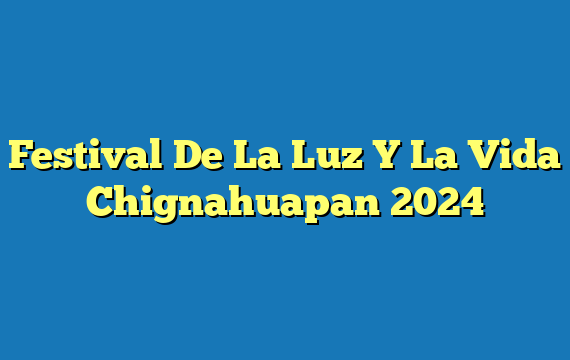Catrina Festival
The Catrina Festival is a Mexican holiday that celebrates the Day of the Dead. It is a time to remember and honor deceased loved ones and to celebrate the cycle of life and death.
The Catrina Festival is typically celebrated on October 31st and November 1st. During the festival, people dress up in elaborate costumes and makeup to represent La Catrina, a female skeleton figure who is the symbol of the Day of the Dead.
The Catrina Festival is a lively and colorful event, with music, dancing, food, and drinks. It is a time for families and friends to come together and celebrate the lives of their loved ones who have passed away.
Origins of the Catrina Festival
The Catrina Festival has its roots in the pre-Hispanic Aztec culture. The Aztecs believed that death was a natural part of life, and they celebrated the Day of the Dead with a festival called Mictecacihuatl.
During Mictecacihuatl, the Aztecs would build altars to their deceased loved ones and offer them food, drink, and flowers. They would also sing and dance and play music.
The Spanish conquistadors brought Catholicism to Mexico in the 16th century, and the Day of the Dead was gradually incorporated into the Catholic calendar. The festival became known as Día de los Muertos, and it is now celebrated by both Catholics and non-Catholics alike.
La Catrina
La Catrina is a female skeleton figure who is the symbol of the Day of the Dead. She was created by Mexican artist José Guadalupe Posada in 1910.
Posada intended La Catrina to be a satirical figure that represented the wealthy and elite Mexicans who were imitating European fashions. He gave her a wide-brimmed hat, a long dress, and a parasol, and he painted her skull with a mocking smile.
La Catrina has become a popular figure in Mexican culture, and she is often used to represent the Day of the Dead. She is also a symbol of the Mexican people’s resilience in the face of death.
Celebrations of the Catrina Festival
The Catrina Festival is celebrated in a variety of ways throughout Mexico. In some towns and villages, people hold parades and parties, while in others, they visit cemeteries to decorate the graves of their loved ones.
Traditional food and drinks are served during the festival, such as pan de muerto (bread of the dead) and champurrado (a hot chocolate drink). People also make sugar skulls and other decorations to honor their deceased loved ones.
The Catrina Festival is a time of remembrance and celebration. It is a time to honor the dead and to celebrate the cycle of life and death.
Conclusion
The Catrina Festival is a unique and fascinating Mexican holiday. It is a time to remember and honor deceased loved ones and to celebrate the cycle of life and death. The festival is a lively and colorful event, and it is a wonderful way to experience Mexican culture.



